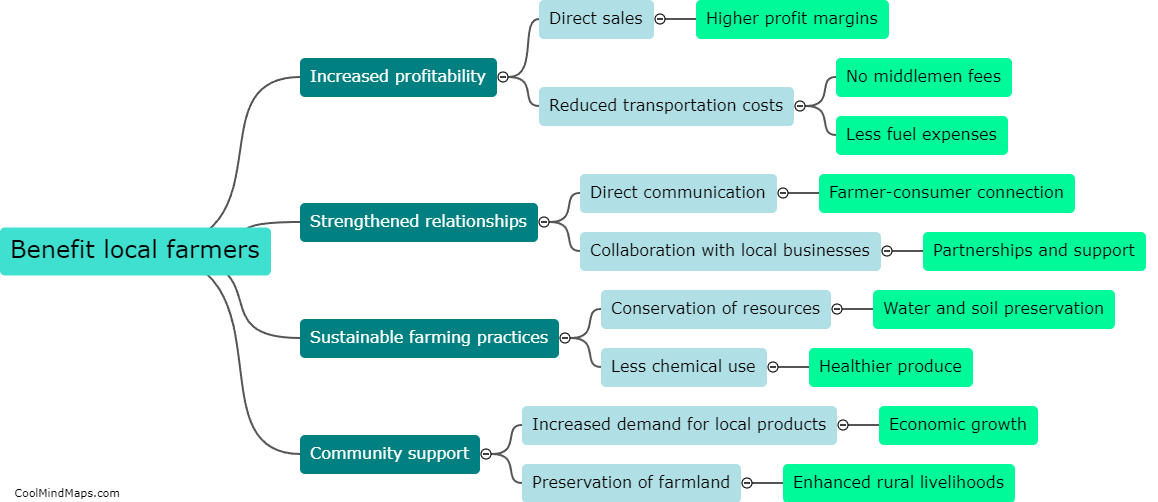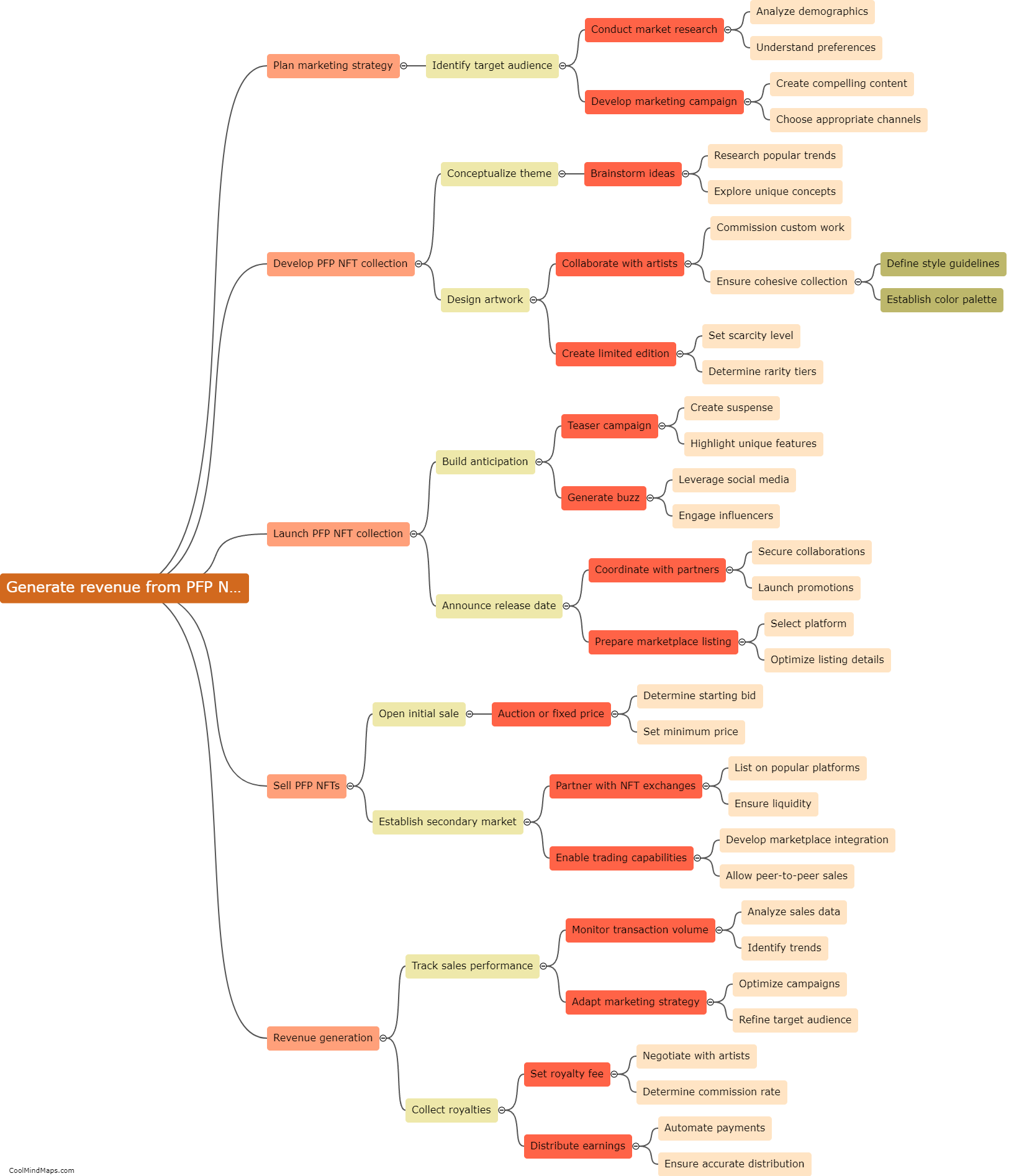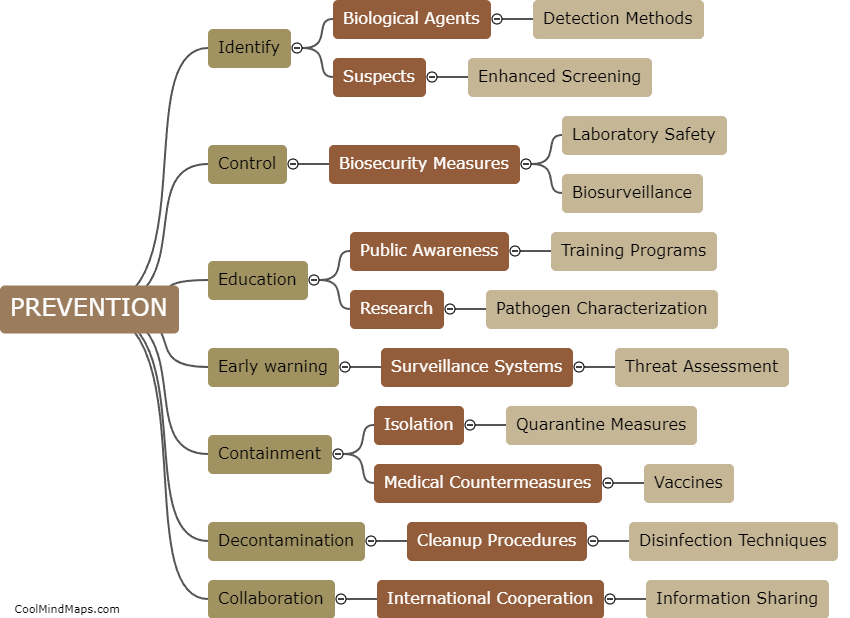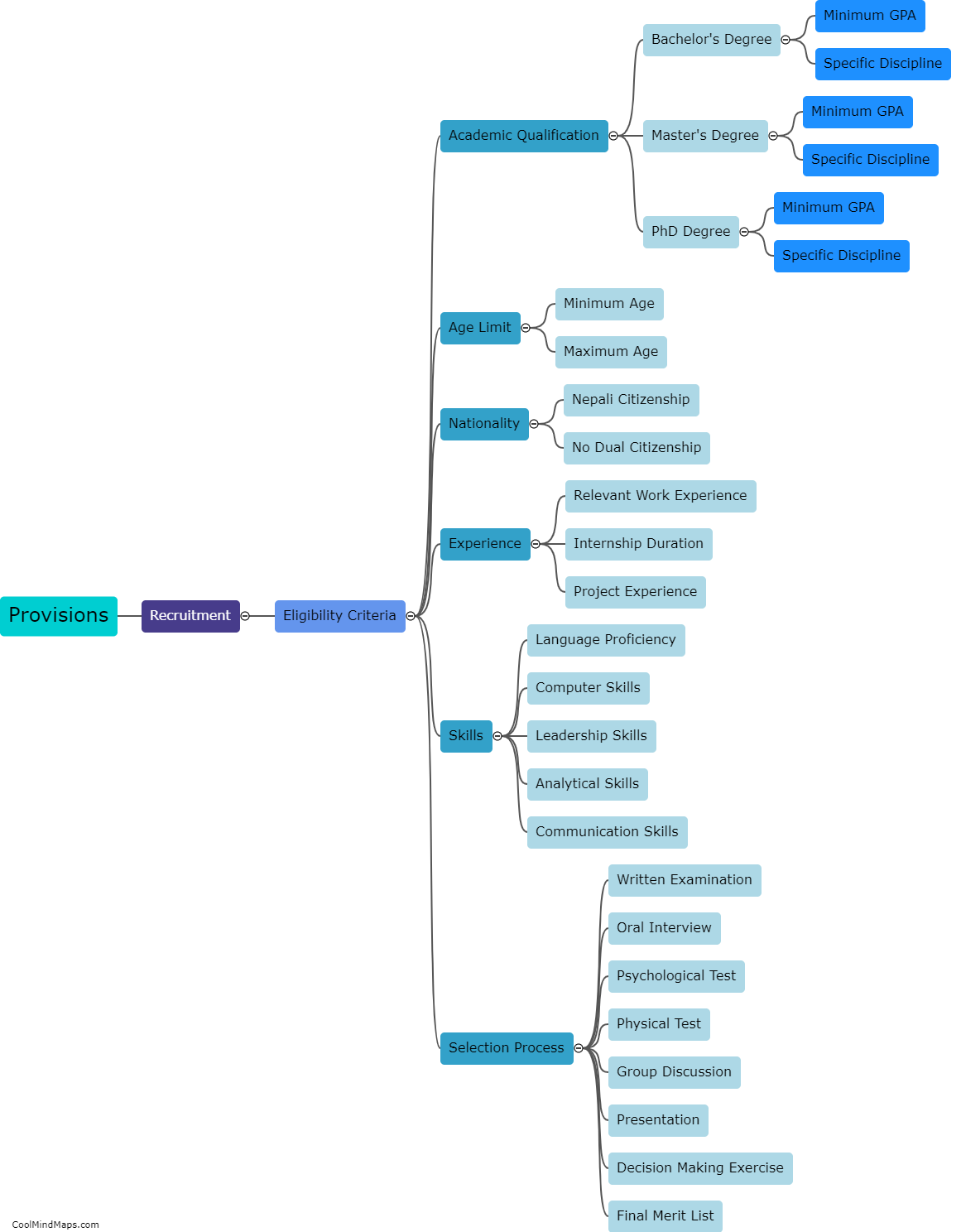What is the process for transfer and posting of civil servants under Regulation 2050?
The process for transfer and posting of civil servants under Regulation 2050 entails a systematic procedure governed by specific rules and guidelines. It typically begins with a request for transfer or posting submitted by either the civil servant or the concerned authority. The request then undergoes careful consideration and evaluation by the relevant administrative body, taking into account various factors like the needs of the organization, the qualifications and experience of the civil servant, and the availability of vacant positions. Once the decision to transfer or post the civil servant is made, it is communicated to the individual along with any necessary instructions or requirements. The civil servant is expected to comply with the decision and fulfill all formalities related to the transfer or posting, such as submitting necessary documents and obtaining clearances from their current workplace. The process aims to ensure transparency, fairness, and efficiency in the management of civil servants and to facilitate the smooth functioning of the public administration.

This mind map was published on 27 November 2023 and has been viewed 79 times.











